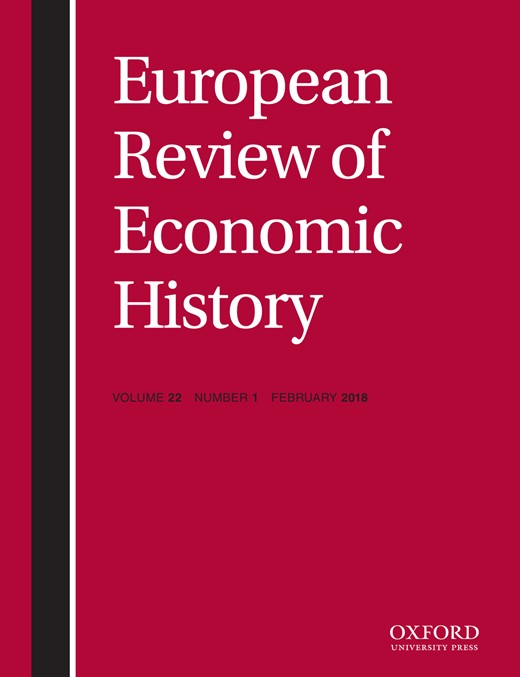-
Views
-
Cite
Cite
Alfonso Herranz-Loncán, Johan Fourie, “For the public benefit”? Railways in the British Cape Colony, European Review of Economic History, Volume 22, Issue 1, February 2018, Pages 73–100, https://doi.org/10.1093/ereh/hex010
Close - Share Icon Share
Abstract
Built largely to support the early mining industry, the Cape Colony’s railway substantially reduced the cost of transport to the interior and account for 22–25 percent of the increase in the Colony’s labor productivity from 1873 to 1905. Little of the gains went to the state-owned company: the Cape government seems instead to have mainly considered the railway as a means to local development. In this regard, traffic data for 1905 suggest that the railway contributed to the expansion of the mining areas and to the growth of the Western Cape district on the basis of domestic demand.




